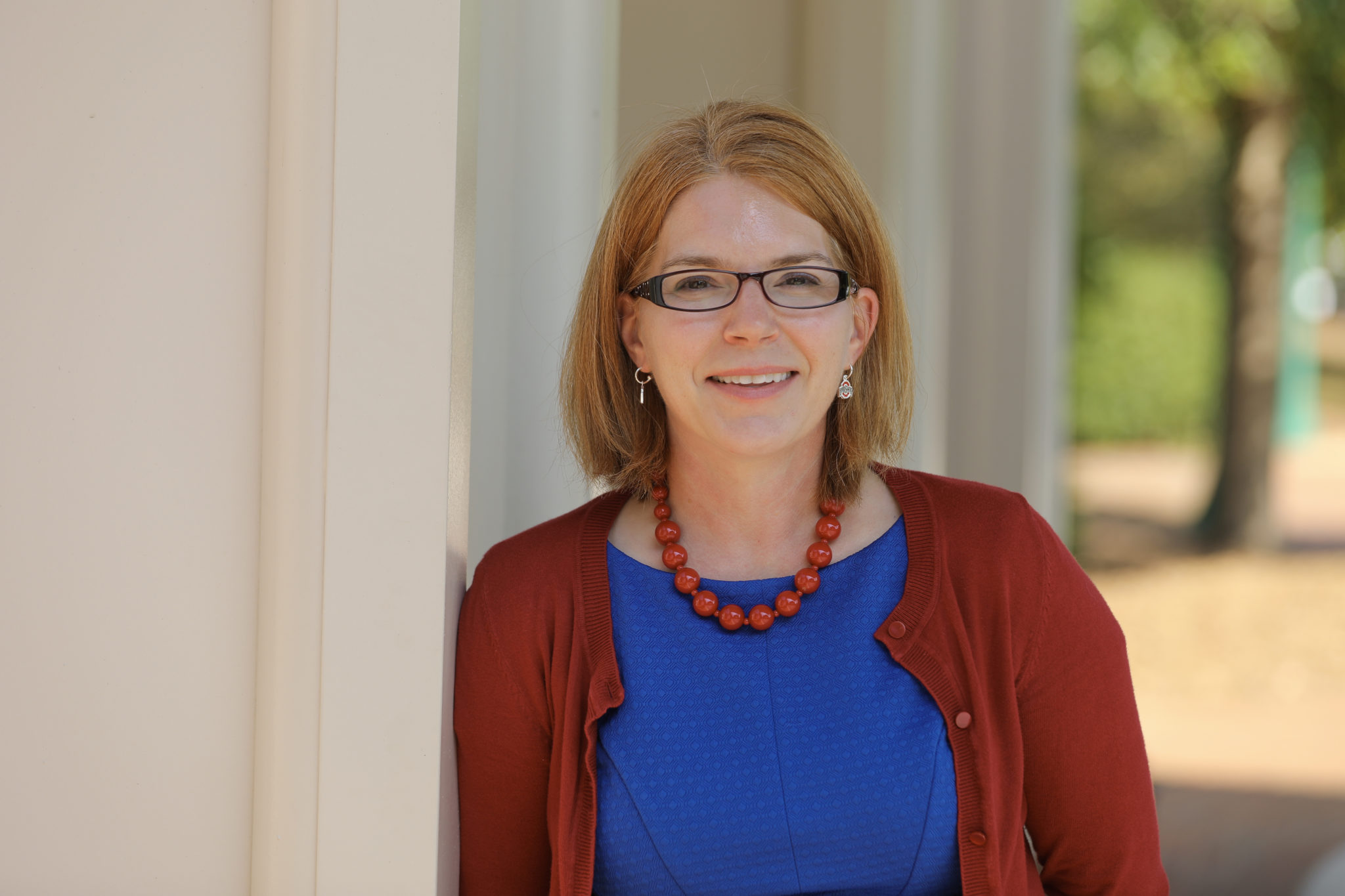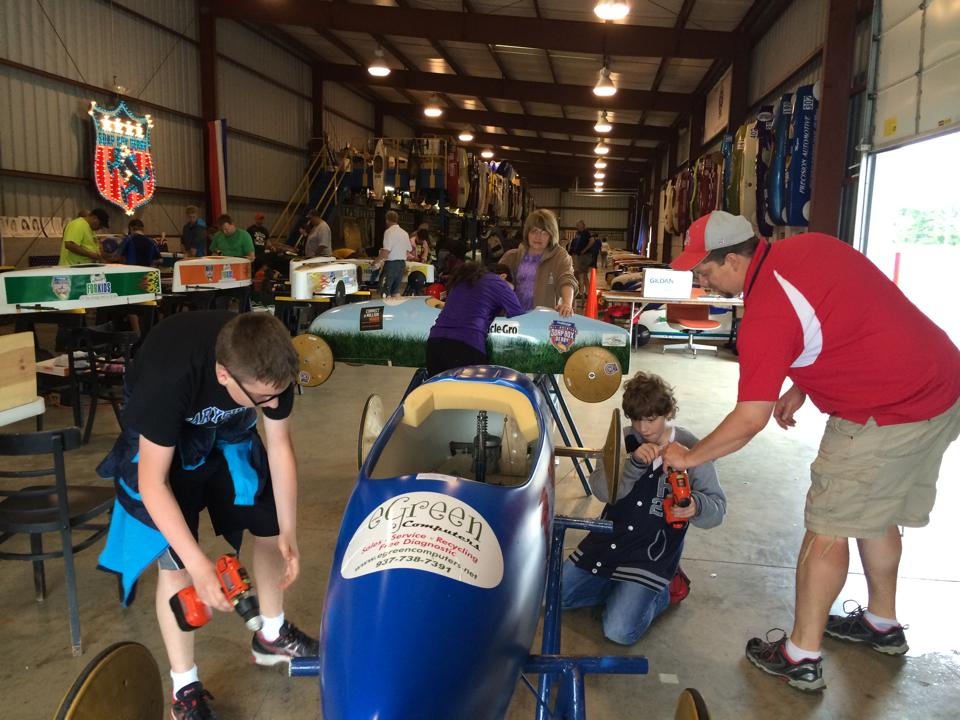| Editor’s note |
| The Ohio Afterschool Network will be sharing after-school STEM activities at the Technology and Engineering Showcase at the Ohio State Fair on August 2, 2019. Come to the Fair and learn! |
Once the afternoon school bell rings, and the day’s formal teaching ends, how can educators keep students thinking about their lessons after school? That age-old question is often answered with one word: homework. While having students read, write and solve problems on their own has its place, many afterschool programs offer students interactive opportunities to keep those brain-cells firing. Nurturing such programs is the aim of the Ohio Afterschool Network. The network, directed by Nichelle Shaskus and based in Delaware, promotes the creation and maintenance of outstanding after-school programs for Buckeye State students. For details on Ohio’s best after-school programs, and more, we contacted Shaskus:
Q: Tell us about the Ohio Afterschool Network, its mission and its members, and your role at the network.
A: At OAN, we believe that youth are incredibly awesome and that every kid deserves to reach his or her full potential and be successful as each defines it. And, we also believe that behind every successful kid are one or more supportive adults cheering each child on.
But, unfortunately, those adults tend to be under-supported and under-resourced. That’s where we come in.
The Ohio Afterschool Network, or OAN, convenes after-school and summer-learning stakeholders to advocate for, support and promote the development of quality, sustainable out-of-school-time (OST) programs for Ohio’s children and youth. We work for every after-school program in Ohio, providing professional development, technical assistance and advising policy makers on how to increase youth access for high-quality OST programs.
My role as director of this amazing group of volunteers is to lead the “Justice League of Afterschool,” a group of heroes who serve youth, families and communities in Ohio every day and contribute to a better community for all.
 Q: How does the OAN promote and participate in STEM after-school programming in Ohio?
Q: How does the OAN promote and participate in STEM after-school programming in Ohio?
A: We use our newsletter, website (www.ohioafterschoolnetwork.org) and social media to get the word out as much as possible about the great things happening in STEM.
OAN has an amazing STEM Committee – chaired by Linda Hubbell, education program director of the All-American Soap Box Derby, and Heather Sherman, director of the Ohio STEM Learning Network – that is working to increase provider access to STEM curriculum and training in our state.
We offer free personal development opportunities for providers, such as our annual Day of Innovation at Pittsburgh’s Inventionland in partnership with the Pennsylvania Statewide Afterschool Youth Development Network, and the NASA Rockets Rock and Aeronautics learning communities that we hosted with EnvisionEdPlus of Reynoldsburg, Ohio, last year.
Our organization works with the Ohio STEM Learning Network, COSI in Columbus, NASA Glenn Research Center in Cleveland and many other organizations to help promote their work, too.
Q: How does Ohio stand as far as making quality STEM after-school programming available? What should be improved, and how?
A: There is a ton of really great curriculum and resources available in our state, but those resources are not always accessed for two reasons: time and identity.
Having a strong STEM identity – seeing yourself as a person who is confident using science, technology, engineering and math – is something that OAN would like to help after-school professionals develop, and we have been investigating ways to do that.
The other big issue is time. Typically, planning time is limited for these individuals, and it takes time to research and explore new STEM concepts you want to include in your after-school curriculum.
The OAN STEM committee is in the final stage of developing a page on our website that will list resources, and, we hope, save educators the time and energy of exploring the internet to find something that is appropriate, topical and adaptable for the after-school space.
Q: Can you give an example of outstanding STEM after-school programming in the state? What makes this program special?
A: Without a doubt, the All-American Soap Box Derby program out of Akron excels. It’s everything you want out of STEM/STEAM – a high-interest, collaborative, project-focused curriculum with math, science and literacy all organically built in.
In this program, youth work with a team to build a car and then test and adjust it to maximize performance. The cars go on to race at local and state competitions and typically generate a ton of parent and community support.
There are also opportunities for art and marketing through design components for the shell. All-American Soap Box Derby offers a photography and press release competition, as well.
Having seen this program firsthand, it’s really remarkable.
Q: What are other elements, in general, of high-quality STEM after-school programs?
A: The true key to high-quality STEM programming is in the execution, not the product. It’s arts, not crafts. It’s Legos, not model-building kits. It’s sidewalk art, not coloring sheets.
Allowing youth to take ownership with an adult who is the “guide on the side” is really best practice for STEM after-school programs. Programs that have taken the time to develop amazing adult facilitators see positive results in student engagement and program sustainability.
Q: How can after-school programs begin to incorporate STEM lessons and activities into their offerings?
A: The easiest way to begin to add STEM into your program is to simply start letting kids answer the questions they are already asking, such as, “What if we mixed paint and glue?” or, “What if we designed the fastest paper airplane?”
Work on helping them develop basic age-appropriate research best practices, and then move into asking questions about other problems they want to solve, then problems they want to solve for others. Thinking like a problem solver costs nothing to teach and is free to learn. Being curious is also a fundamental workforce development skill that sets a strong foundation for later career development.
Q: How can STEM educators in classrooms better support their after-school peers to spread the word on STEM?
A: One word: collaboration. The federal Every Student Succeeds Act opens the door to intentional collaboration between school and after-school programs, so why not take advantage of that?
In some school districts we are starting to see more intentional collaboration. In Youngstown, for example, the school and after-school staff have come together to participate side by side in professional development.
And why not? After-school can provide a meaningful extension of informal learning, and having cohesion between school and after-school can mean the STEM learning can continue for the students we all want to succeed.

